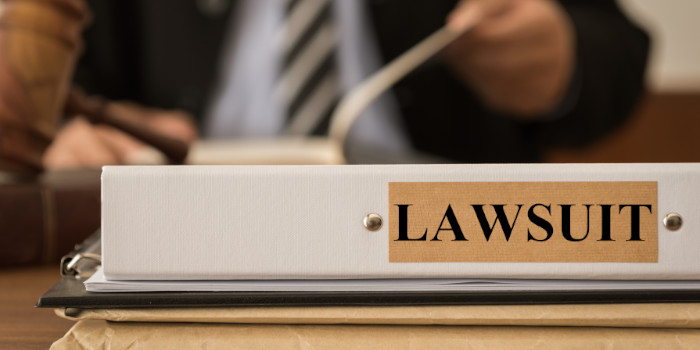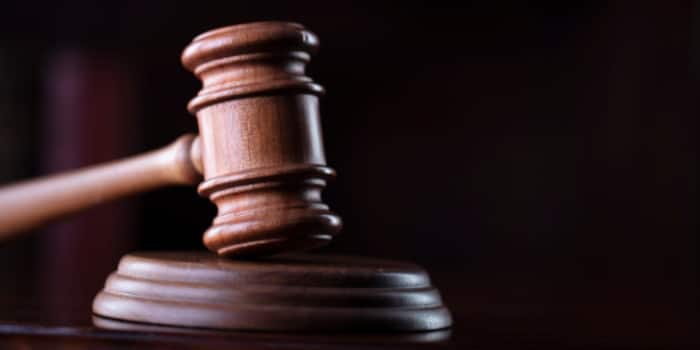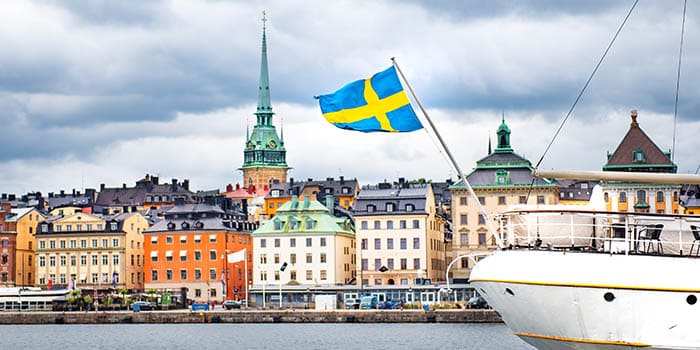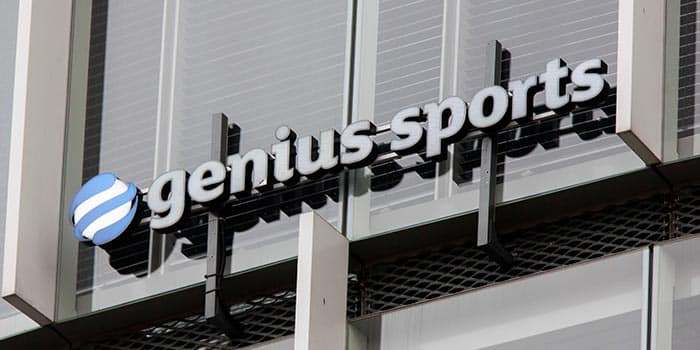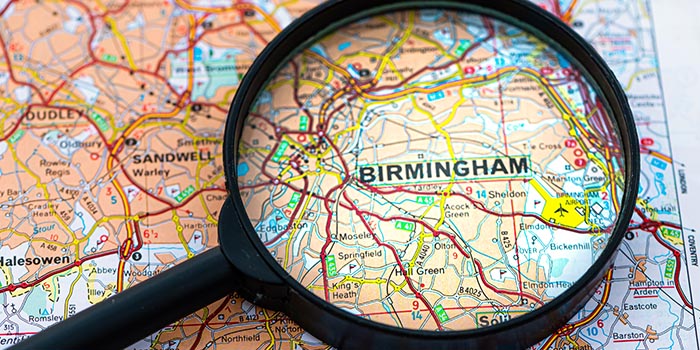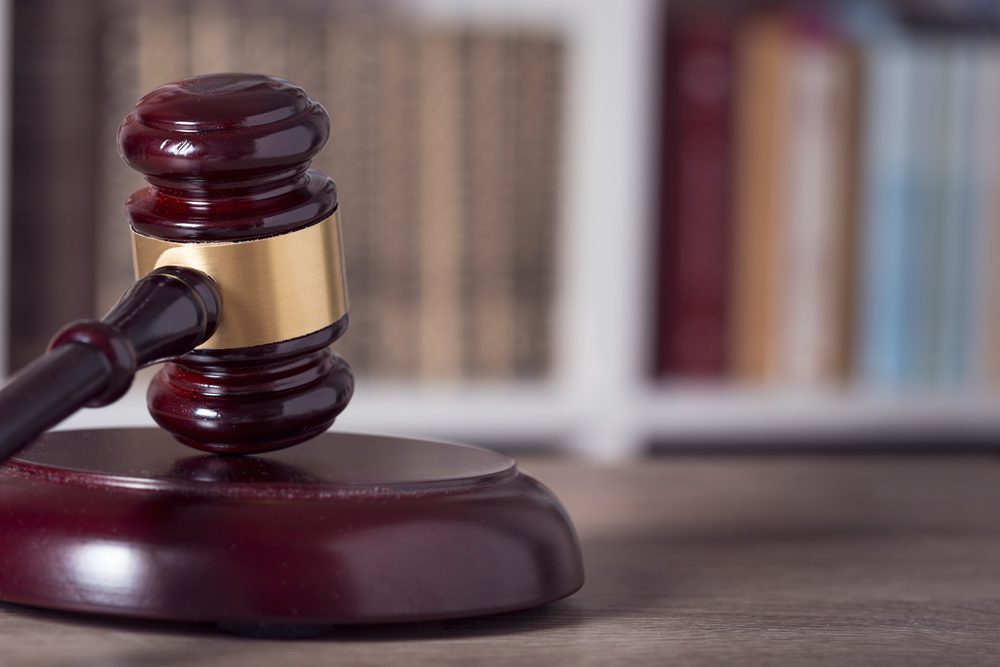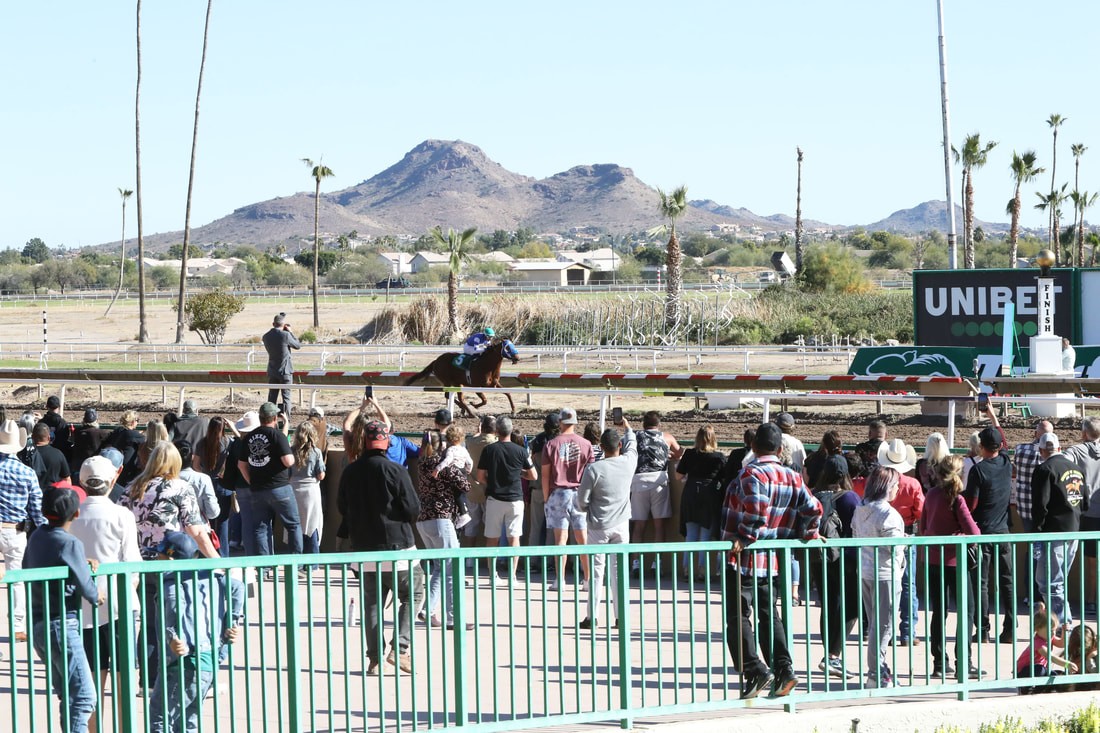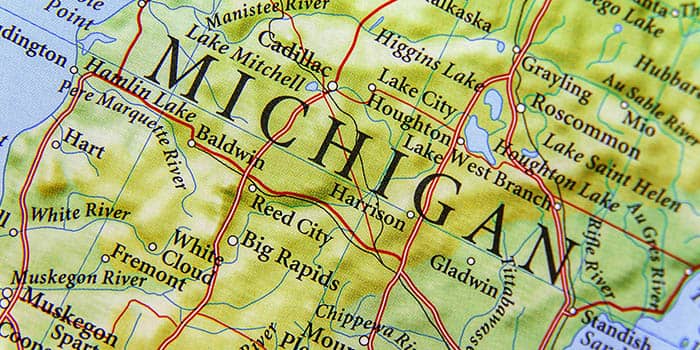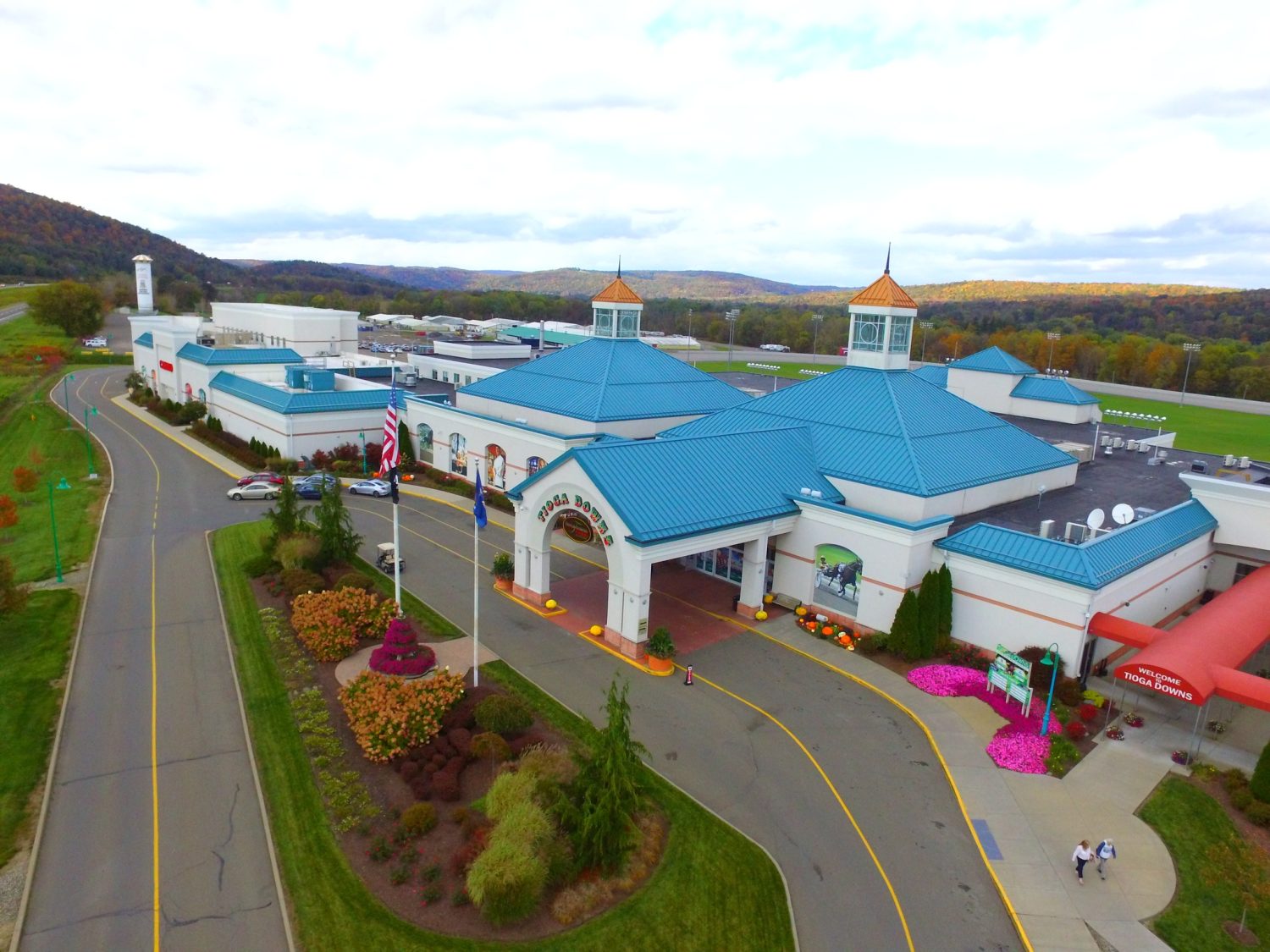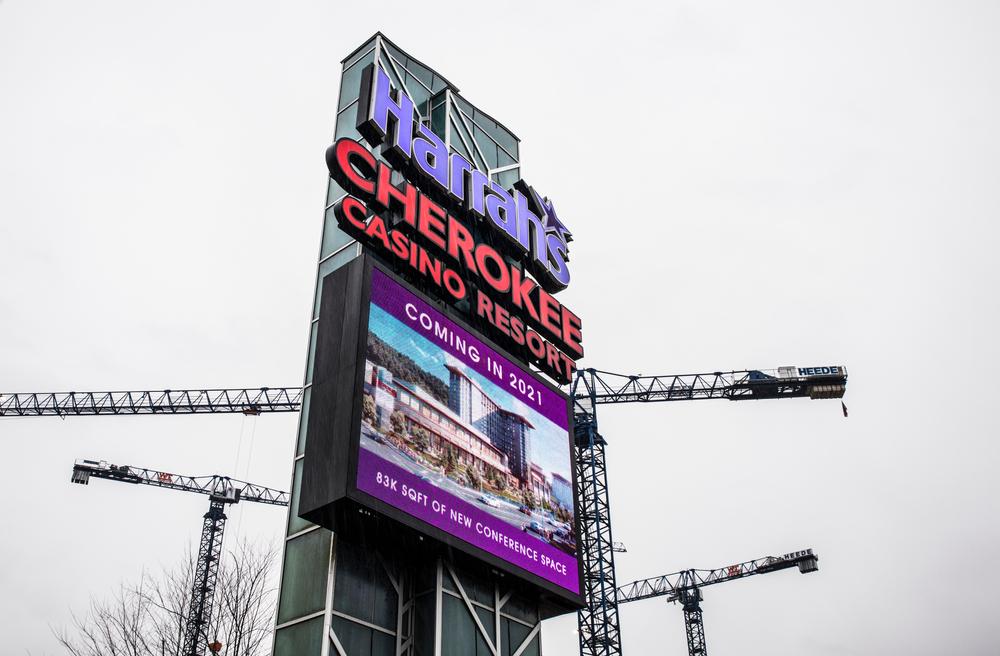ขั้นสุดของคาสิโนออนไลน์ เล่นกี่ครั้งก็ฟิน mgm99win เท่านั้น
คาสิโน mgm99win เป็นสุดยอดคาสิโนออนไลน์สำหรับผู้เล่น ที่หาประสบการณ์การเล่น เกมที่มีคุณภาพสูงสุด ด้วยเกมที่น่าตื่นตาตื่นใจและก็ข้อเสนอแนะโบนัส แล้วก็รางวัลมากมาย ตัวเลือกที่สมบูรณ์แบบสำหรับนักเล่นเกมทุกคน คาสิโนมีชื่อเสียงในด้านการเลือกเกม ซึ่งรวมถึงสล็อต รูเล็ต แบล็กแจ็ก บาคาร่า แล้วก็อีกมากมาย ด้วยซอฟต์แวร์ที่ปลอดภัย และก็การจ่ายเงินสูง ผู้เล่นก็เลยเชื่อมั่นได้ถึงการเล่นเกม ที่ปลอดภัยและสนุก
ไม่ว่าผู้เล่นจะเล่นกี่ครั้ง พวกเขาต้องถูกใจกับเนื่องด้วยคาสิโนยินดี สำหรับการมอบประสบการณ์ การเล่นเกมที่ดีเยี่ยมที่สุด ด้วยทีมบริการลูกค้า ที่ชำนาญตั้งใจที่จะสร้าง ประสบการณ์การเล่นเกม ที่เหมาะสมที่สุดเท่าที่จะเป็นไปได้ สุดยอดประสบการณ์ คาสิโนออนไลน์
มอบประสบการณ์การเดิมพันชั้นยอดแก่ผู้เล่น ด้วยเกมที่เป็นนวัตกรรมใหม่ ซอฟต์แวร์ที่ใช้งานง่าย รวมทั้งบริการทางการเงินที่ปลอดภัย ไม่ว่าคุณจะเป็นมือใหม่ หรือนักการพนันที่มีประสบการณ์ คุณสามารถเชื่อใจ ให้ประสบการณ์ที่บันเทิงใจ และก็คุ้มค่าแก่คุณได้ เกมทุกเกมได้รับ การออกแบบมา เพื่อให้สภาพแวดล้อมที่เหมือนจริง และน่าระทึกใจด้วยกราฟิกที่น่าทึ่ง
การเล่นเกมที่ราบรื่น และอินเทอร์เฟซผู้ใช้ที่ใช้งานง่าย ตั้งใจจริงที่จะหาสภาพแวดล้อมที่ปลอดภัย รวมทั้งได้รับการควบคุม เพื่อให้มั่นใจว่าผู้เล่นทุกคนปลอดภัย รวมทั้งได้รับการคุ้มครอง ด้วยเกมและก็บริการที่หลากหลาย คุณสามารถไว้ใจได้ว่จะให้ความบันเทิง แก่คุณหลายชั่วโมง ไม่ว่าคุณจะเล่นกี่ครั้งก็ตาม คุณจะเชื่อมั่นได้ว่า คุณจะพอใจทุกหน
ฝาก-ถอนง่าย ระบบนำสมัย คาสิโน mgm99win
ฝาก-ถอนง่าย ระบบนำสมัย mgm99win คือระบบที่นำสมัย เชื่อถือได้และก็ไม่เป็นอันตราย สำหรับในการฝากและถอนเงินที่ง่ายดาย แพลตฟอร์มนี้ ได้รับการออกแบบมา เพื่อผู้ใช้ได้รับประสบการณ์ ที่ราบรื่นและไม่ยุ่งยากมากที่สุด เท่าที่จะเป็นไปได้ ในระหว่างที่ยังคงรักษาความปลอดภัย รวมทั้งความน่าไว้วางใจในระดับสูง
อินเทอร์เฟซที่เป็นมิตร กับผู้ใช้นั้นใช้งานง่าย แล้วก็ช่วยให้ผู้ใช้สามารถฝาก หรือถอนเงินได้ ในไม่กี่ขั้นตอน แพลตฟอร์มนี้ยังมีวิธีการชำระเงินที่หลากหลาย เพื่อแน่ใจว่าผู้ใช้สามารถเข้าถึงเงินได้อย่างรวดเร็วทันใจ และไม่มีปัญหาอะไรก็แล้วแต่ นอกเหนือจากนั้นทีมบริการลูกค้า พร้อมเสมอที่จะช่วยเหลือผู้ใช้ เมื่อมีคำถามหรือปัญหาอะไรก็แล้วแต่ เสนอระบบที่ล้ำสมัย ฝาก-ถอนง่าย ซึ่งออกแบบมาเพื่อการทำธุรกรรมที่ปลอดภัย แล้วก็เร็วทันใจ
ระบบใช้เทคโนโลยีขั้นสูง ในการเข้ารหัสข้อมูล และป้องกันบัญชีผู้ใช้ ทำให้มั่นใจได้ว่า เงินทั้งหมดจะถูกเก็บไว้อย่างไม่เป็นอันตราย การถอนเงินนั้นตรงไปตรงมา แล้วก็เสร็จสิ้นในเวลาไม่กี่นาที ขณะที่การฝากเงิน สามารถทำได้อย่างรวดเร็วทันใจ แล้วก็ไม่เป็นอันตราย ด้วยวิธีการชำระเงินที่หลากหลาย นอกจากนั้น ลูกค้ายังมีระบบสนับสนุน ที่ครอบคลุมเพื่อช่วยตอบคำถามหรือปัญหาที่อาจมี
นอกจากนั้น เว็บไซต์ยังมีระบบติดตามขั้นสูง สำหรับลูกค้าสำหรับการตรวจดูการฝาก และถอนเงิน ระบบการฝาก-ถอนที่ง่ายดาย ของโซลูชั่นที่เชื่อถือได้ ไม่เป็นอันตราย แล้วก็นำสมัย สำหรับลูกค้าที่อยากธุรกรรมทางการเงิน ที่รวดเร็วทันใจและก็ปลอดภัย
ทางเข้าเล่นสล็อตออนไลน์ 24 ชั่วโมงmgm99win
การเข้าเล่นสล็อตออนไลน์ตลอด 24 ชั่วโมงที่ mgm99win มอบโอกาสอันล้ำค่าให้กับผู้เล่น แพลตฟอร์มนี้นำเสนอเกมที่โดดเด่นจากผู้ให้บริการชั้นหนึ่งของโลก เพื่อให้มั่นใจว่าแต่ละคน สามารถเข้าถึง ประสบการณ์ การเล่นที่เหนือกว่า ยิ่งไปกว่านั้น ยังเสนอโซลูชั่นการธนาคารที่ปลอดภัย โบนัสและก็โปรโมชั่นมากมาย แล้วก็การผลักดันและสนับสนุนลูกค้าที่ยอดเยี่ยม ผู้เล่นสามารถเพลินใจกับเกมสล็อต ที่หลากหลาย รวมทั้งแจ็คพอตคลาสสิก วิดีโอ แล้วก็โปรเกรสซีฟ
โดยสามารถเข้าถึงเกมได้ทุกเวลา ที่ต้องการผู้เล่นสามารถเข้าถึง ประสบการณ์การเล่นเกมออนไลน์ ที่น่าเร้าใจแล้วก็ปลอดภัย ได้ตลอดเวลาทั้งกลางวัน และกลางคืนให้ท่านเล่นสล็อตออนไลน์ได้ตลอด 24 ชั่วโมง ผู้เล่นสามารถเพลินกับสล็อตยอดฮิตที่หลากหลาย รวมทั้งเกมคลาสสิก เกมวิดีโอ เกมโปรเกรสซีฟ และเกมโบนัส เกมทั้งหมดได้รับการปรับ ให้เหมาะกับการใช้งาน บนเดสก์ท็อป มือถือ และก็แท็บเล็ต ผู้เล่นสามารถ ใช้ประโยชน์จากตัวเลือกการธนาคารที่สะดวก
รวมทั้ง e-wallets บัตรเดบิตและบัตรเครดิต และการโอนเงิน ผ่านธนาคารยังมีโปรโมชั่น และโบนัสมากมาย เพื่อเพิ่มโอกาสสำหรับในการชนะรางวัลใหญ่ พวกเขายังมีทีมบริการลูกค้า ที่มีประสบการณ์รอให้บริการตลอด 24 ชั่วโมง เพื่อช่วยเหลือลูกค้าสำหรับการถามไถ่หรือปัญหาใดๆก็ตาม ผู้เล่นได้โอกาสที่จะเพลิดเพลินไปกับความระทึกใจ ของสล็อตออนไลน์ได้ทุกแห่งทุกเวลา
ขั้นตอนการสมัครสมาชิกmgm99win
ขั้นตอนการเป็นสมาชิกของ mgm99win นั้นง่ายและก็ไม่เป็นอันตราย โดยจะเริ่มด้วยการสมัครสมาชิกรายละเอียดส่วนตัว ได้แก่ ชื่อ ที่อยู่อีเมล เบอร์ติดต่อ รวมทั้งที่อยู่ ภายหลังจากการลงทะเบียน รหัสยืนยัน จะถูกส่งไปยังที่อยู่อีเมล ที่ให้ไว้ เมื่อป้อนรหัสแล้ว บัญชีทั้งหมดจะถูกสร้างขึ้น รวมทั้งพร้อมใช้งาน จากนั้นผู้ใช้สามารถ ใช้ประโยชน์จากคุณสมบัติ ทั้งหมดที่มีให้ เป็นต้นว่า ห้องเกมแบบโต้ตอบ รวมทั้งโปรโมชั่น และก็โบนัสที่มี ให้เลือกมากมาย
ด้วยฟีเจอร์และโปรโมชันใหม่ ๆ ที่เพิ่มเข้ามาอย่างสม่ำเสมอ ผู้ใช้สามารถตั้งตารอคอย ประสบการณ์ที่ดีขึ้นสำหรับในการเข้าชมแต่ละครั้ง ด้วยวิธีการเป็นสมาชิก ผู้ใช้สามารถมั่นใจได้ถึง ประสบการณ์ที่ปลอดภัย และก็เป็นมิตร กับผู้ใช้ตรงไปตรงมา การลงทะเบียนกับเป็นแนวทางที่ยอดเยี่ยม สำหรับการเข้าถึงเกมคาสิโนออนไลน์ และก็การเดิมพันกีฬา ที่มีคุณภาพ
สมาชิกใหม่ทั้งหมดจะต้องกำหนด ที่อยู่อีเมลที่ถูก แล้วก็เลือกรหัสผ่าน ที่ปลอดภัย เพื่อดำเนินการลงทะเบียนให้เสร็จสมบูรณ์ เมื่อลงทะเบียนแล้ว สมาชิกสามารถ ใช้ประโยชน์จากสิทธิ ประโยชน์มากมายที่เกี่ยวกับรวมถึงโปรโมชั่นพิเศษ รวมทั้งโบนัส วิธีการเป็นสมาชิก ได้รับการออกแบบมา เพื่อให้เกิดความปลอดภัยรวมทั้งเชื่อมั่นได้ว่า ข้อมูลส่วนบุคคลทั้งหมด จะถูกเก็บไว้เป็นส่วนตัว ผู้เล่นสามารถเล่น ได้อย่างมั่นใจว่าข้อมูลของตนเองปลอดภัย






























